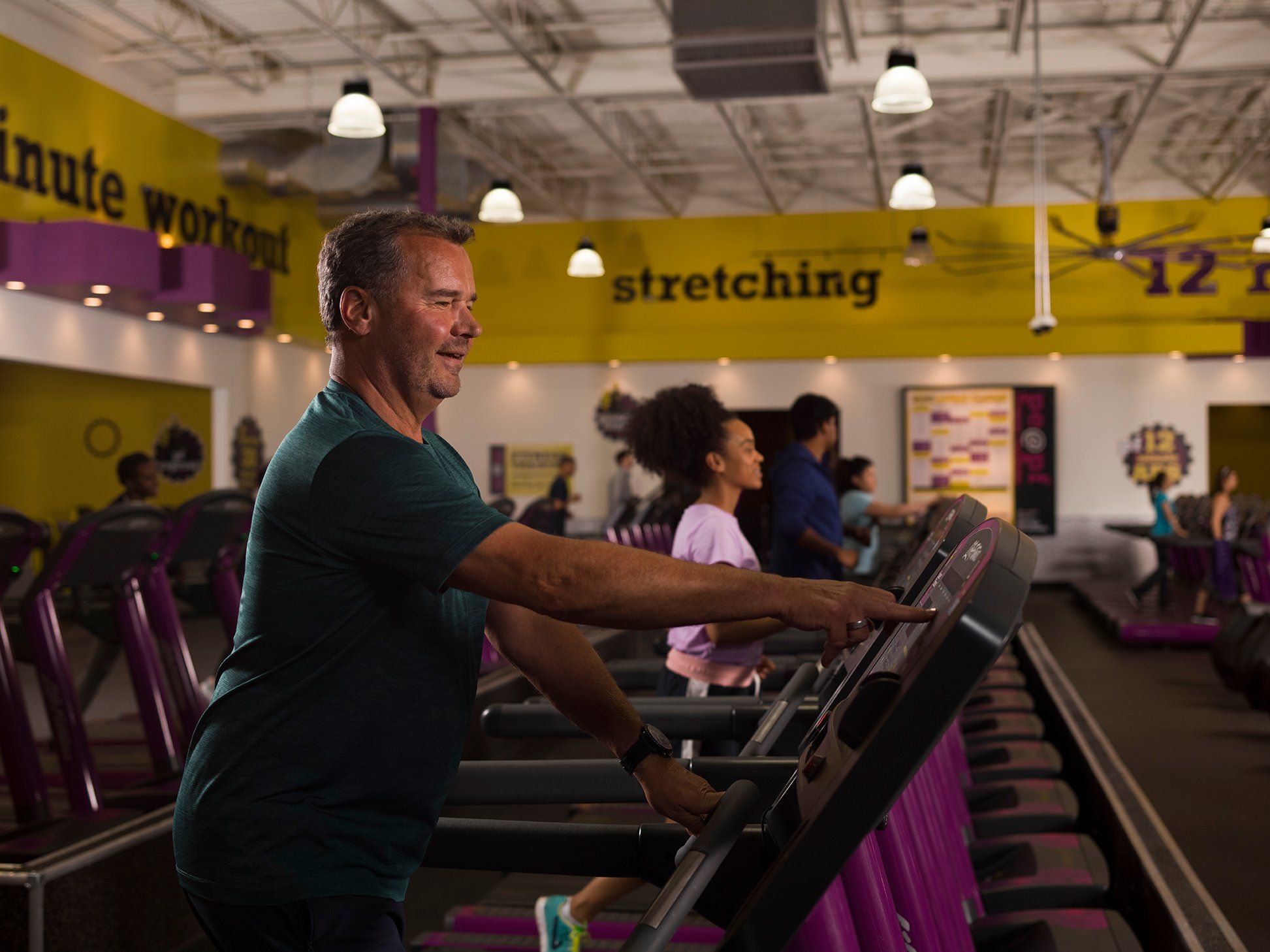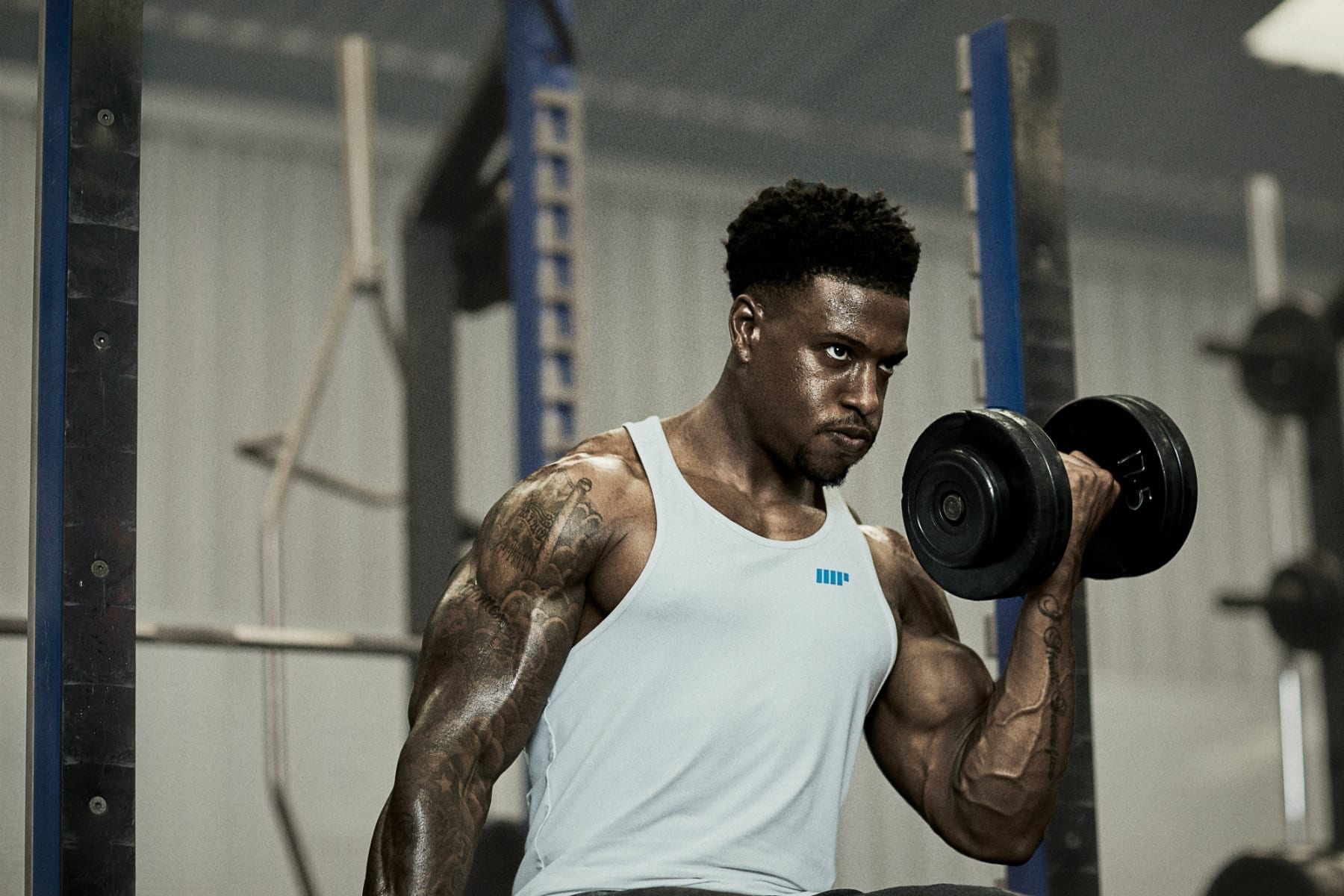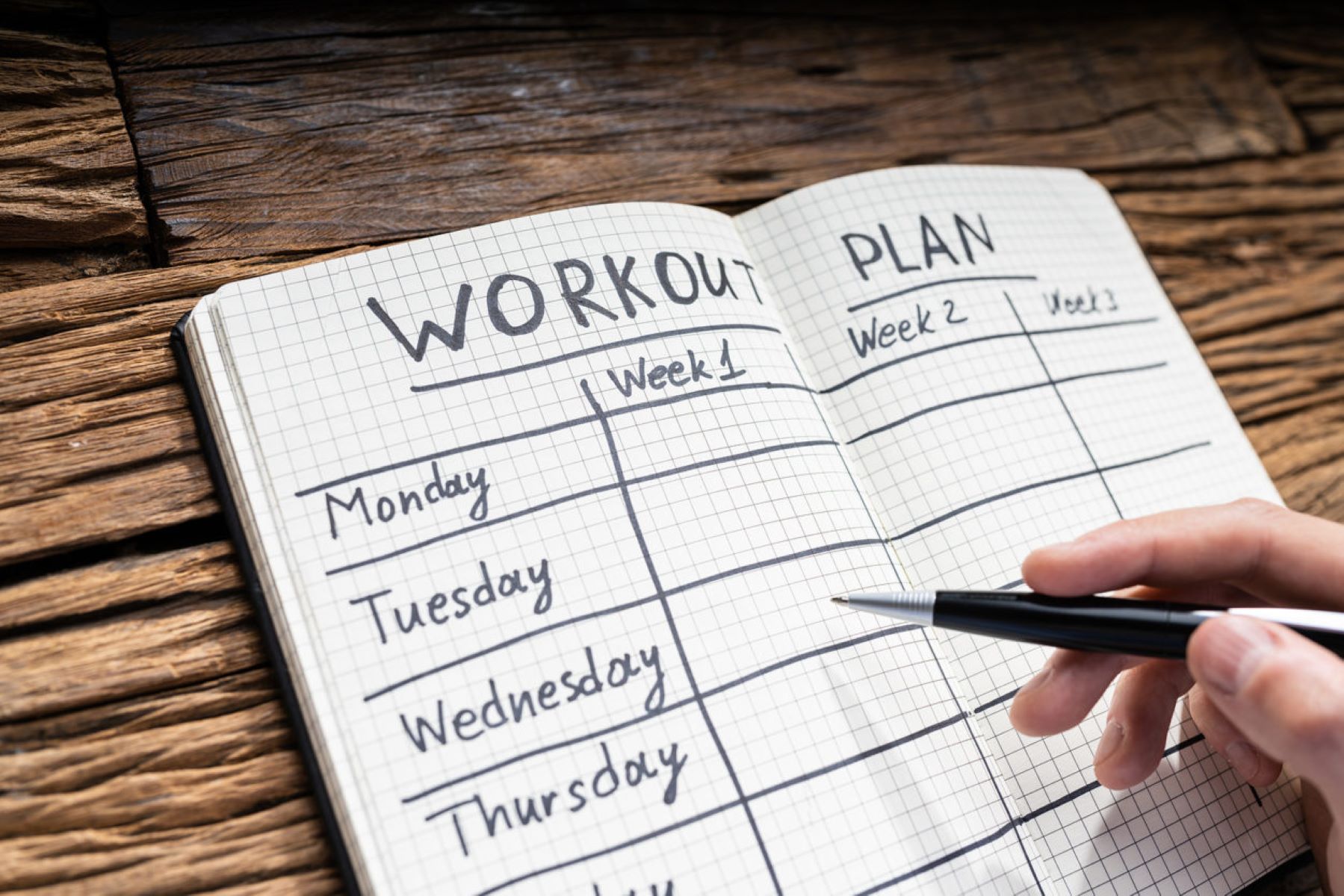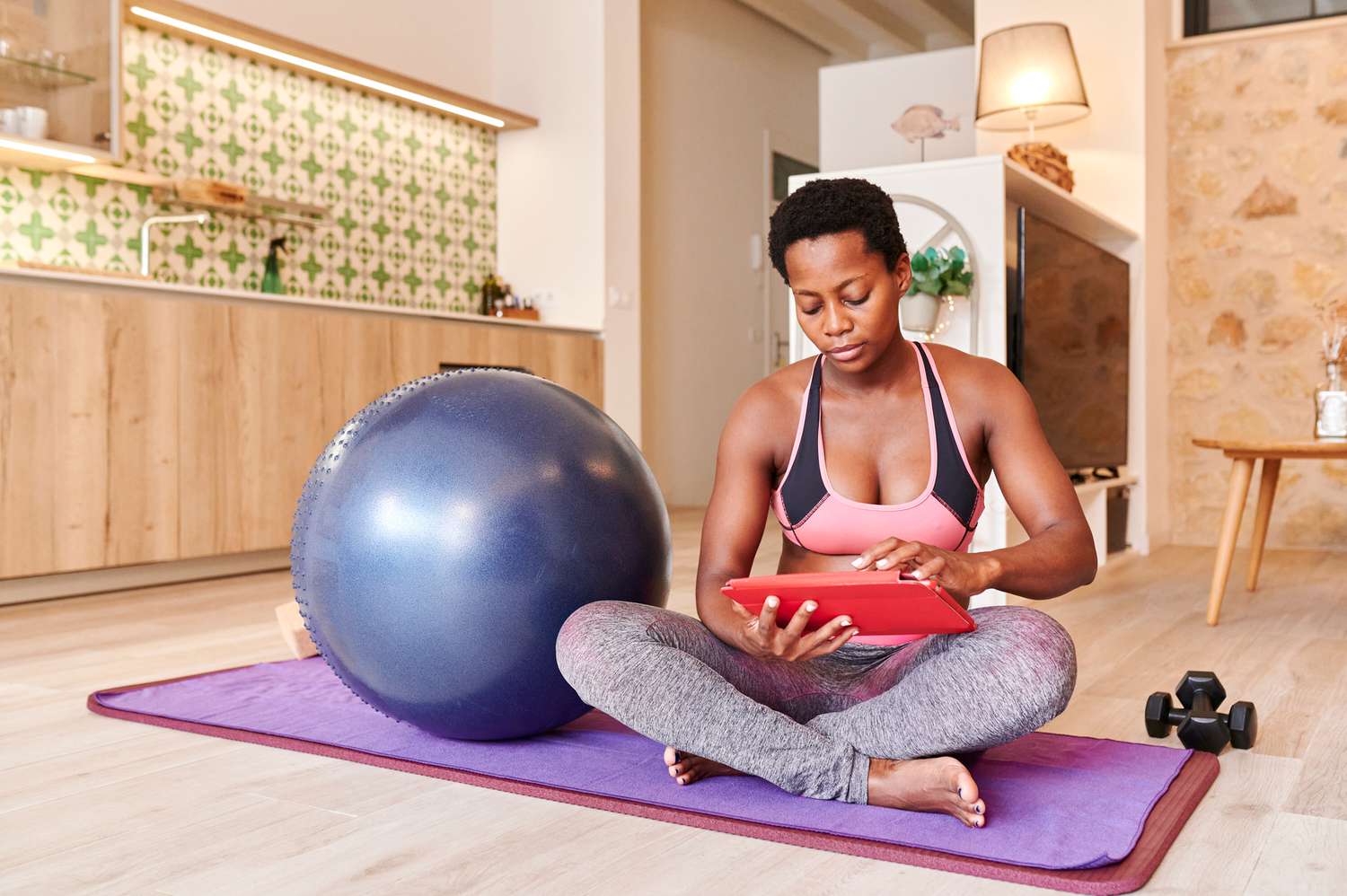

Featured
How Long Should Workout Be
Modified: August 21, 2023
Discover the perfect workout length with our featured guide. Find out how long your workouts should be for maximum results and efficiency.
Introduction
When it comes to working out, finding the right balance between intensity and duration is key. While some people believe that longer workouts are always better, the truth is that the optimal duration of a workout can vary depending on several factors. Whether you’re a novice or an experienced athlete, understanding how long your workouts should be is crucial for achieving your fitness goals.
In this article, we will explore the factors that influence workout duration and provide recommendations for different types of exercises. Additionally, we will discuss how various factors, such as fitness level, goals, and time availability, can impact the length of your workouts. By the end of this article, you will have a better understanding of how long your workouts should be and how to design an effective workout routine.
It’s important to note that the duration of a workout is just one component of a well-rounded fitness program. The frequency and intensity of your workouts also play crucial roles in maximizing the benefits of your training. Therefore, it’s essential to consider these factors alongside workout duration to create a comprehensive exercise plan.
Now, let’s delve into the factors that should be taken into consideration when determining the appropriate duration for your workouts.
Factors to Consider
When determining the ideal duration for your workouts, there are several factors that you should take into consideration:
- Fitness Level: Your current fitness level is an important factor in determining how long your workouts should be. Beginners may need shorter sessions to avoid excessive strain, while more advanced individuals may require longer workouts to continue challenging their bodies.
- Goals: Your fitness goals also play a role in determining workout duration. If you’re aiming to build strength or muscle, longer workouts with heavier weights and more sets might be necessary. On the other hand, if your goal is to improve cardiovascular fitness, shorter but more intense workouts may be more beneficial.
- Time Availability: Consider how much time you can realistically dedicate to exercise. If you have limited time, shorter, high-intensity workouts like circuit training can be effective. Alternatively, if you have more flexibility, longer sessions that allow for thorough warm-ups, stretching, and cool-downs can be incorporated.
- Exercise Type: Different types of exercises have varying recommended durations. For example, aerobic activities such as running or cycling typically require longer durations to reap cardiovascular benefits, while strength training sessions may be shorter but more focused on specific muscle groups.
- Recovery Ability: Your body’s ability to recover from exercise also impacts the duration of your workouts. If you find yourself feeling fatigued or sore for extended periods after longer workouts, you may need to scale back and allow for more recovery time.
By considering these factors, you can tailor your workouts to meet your specific needs and goals. The next section will provide recommended durations for different types of exercises to further guide your training.
Recommended Duration for Different Types of Exercises
The duration of your workouts will vary depending on the type of exercise you are engaging in. Here are some general guidelines for recommended durations for different types of exercises:
- Cardiovascular Exercise: If your goal is to improve cardiovascular fitness, aim for at least 150 minutes of moderate-intensity aerobic activity or 75 minutes of vigorous-intensity aerobic activity spread throughout the week. This can be divided into shorter sessions, such as 30 minutes per day for five days.
- Strength Training: For strength training workouts, aim for 40-60 minutes per session, including warm-up and cool-down periods. Focus on compound exercises that target multiple muscle groups and allow for adequate rest between sets.
- Interval Training: Interval training involves alternating between high-intensity bursts of exercise and periods of rest or lower intensity. Depending on the specific protocol you follow, interval training sessions can range from as short as 10 minutes to around 30 minutes.
- Flexibility and Mobility Exercises: Incorporating stretching and mobility exercises into your routine is important for overall body flexibility and injury prevention. Aim for 10-15 minutes of stretching exercises after each workout or dedicate separate sessions to focus solely on flexibility training.
- Sports-Specific Training: If you’re training for a specific sport or event, your workout duration will depend on the demands of that activity. Consult with a coach or trainer to determine the appropriate length of your training sessions for optimal performance.
It’s important to note that these durations are general recommendations and can be adjusted based on your individual needs and fitness level. Additionally, always listen to your body and adjust the duration and intensity of your workouts accordingly.
Factors That May Influence Workout Length
There are several additional factors that may influence the length of your workouts:
- Exercise Intensity: The intensity at which you perform your exercises can impact the duration of your workouts. Higher intensity activities may require shorter durations due to the increased effort and energy expended. Conversely, lower intensity exercises, such as steady-state cardio, may be performed for longer durations.
- Rest and Recovery: Adequate rest and recovery between workouts are essential for optimal performance and injury prevention. Depending on the intensity and volume of your training, you may need to allocate additional time for rest and recovery, which can influence the overall duration of your workouts.
- Workout Frequency: If you’re working out more frequently throughout the week, each session may be shorter in duration. For example, if you prefer to exercise five days a week, you may opt for shorter, more focused workouts instead of longer sessions on fewer days.
- Injury or Fatigue: If you’re recovering from an injury or experiencing fatigue, it may be necessary to shorten the duration of your workouts to avoid further strain or exacerbation of symptoms. Always listen to your body and consult with a healthcare professional if needed.
- Time Constraints: Life can be busy, and sometimes time constraints demand shorter workouts. If your schedule only allows for limited exercise time, focus on high-intensity exercises or consider breaking your workouts into shorter, more frequent sessions throughout the day.
It’s important to find a balance between pushing yourself to achieve your fitness goals and respecting your body’s limitations. By taking these factors into account, you can customize the duration of your workouts to suit your needs and optimize your performance.
Tips for Designing an Effective Workout Routine
Designing an effective workout routine involves more than just determining the duration of your workouts. Here are some tips to help you create a well-rounded and effective exercise plan:
- Set Clear Goals: Clearly define your fitness goals, whether it’s building strength, losing weight, or improving cardiovascular endurance. This will guide the structure and focus of your workouts.
- Vary Your Exercises: Incorporate a variety of exercises to target different muscle groups and prevent boredom. Include cardiovascular exercises, strength training, flexibility work, and other activities that align with your goals.
- Progress Gradually: Gradually increase the intensity, duration, and complexity of your workouts over time. This progressive overload allows your body to adapt and prevents plateaus in your progress.
- Include Rest Days: Rest days are just as important as workout days. They give your body time to recover and rebuild, reducing the risk of overtraining and injuries. Aim for at least one or two rest days per week.
- Listen to Your Body: Pay attention to how your body feels during and after workouts. If you experience excessive fatigue, soreness, or pain, adjust your workout duration and intensity as needed. It’s important to respect your body’s signals and avoid pushing yourself too hard.
- Find Accountability: Consider finding a workout partner or joining a fitness community to stay motivated and accountable. This can help you stick to your workout routine and add an element of fun and camaraderie to your fitness journey.
- Seek Professional Guidance: If you’re new to exercise or have specific fitness goals, consider seeking guidance from a certified personal trainer or fitness professional. They can help you create a personalized workout routine tailored to your needs and provide guidance on proper form and technique.
Remember, designing an effective workout routine is a continuous process of experimentation and adjustment. Be flexible and willing to adapt as you progress and discover what works best for you and your body.
Conclusion
Choosing the appropriate duration for your workouts is essential for optimizing your fitness journey. By considering factors such as your fitness level, goals, time availability, exercise type, and recovery ability, you can determine the ideal length for your workouts.
Recommended durations for different types of exercises can serve as a starting point, but it’s crucial to listen to your body and make adjustments based on your individual needs. Remember, the duration of your workouts is just one piece of the puzzle. The intensity, frequency, and variety of your exercises also play significant roles in achieving your fitness goals.
When designing your workout routine, remember to set clear goals, include a variety of exercises, progress gradually, and listen to your body. Rest days are equally important, and seeking accountability or professional guidance can enhance your motivation and ensure you’re on the right track.
Ultimately, your workout routine should be personalized and enjoyable, while still challenging you to reach new heights. With the right balance of duration, intensity, and well-rounded exercises, you’ll be well on your way to achieving your fitness goals and maintaining a healthy lifestyle.









